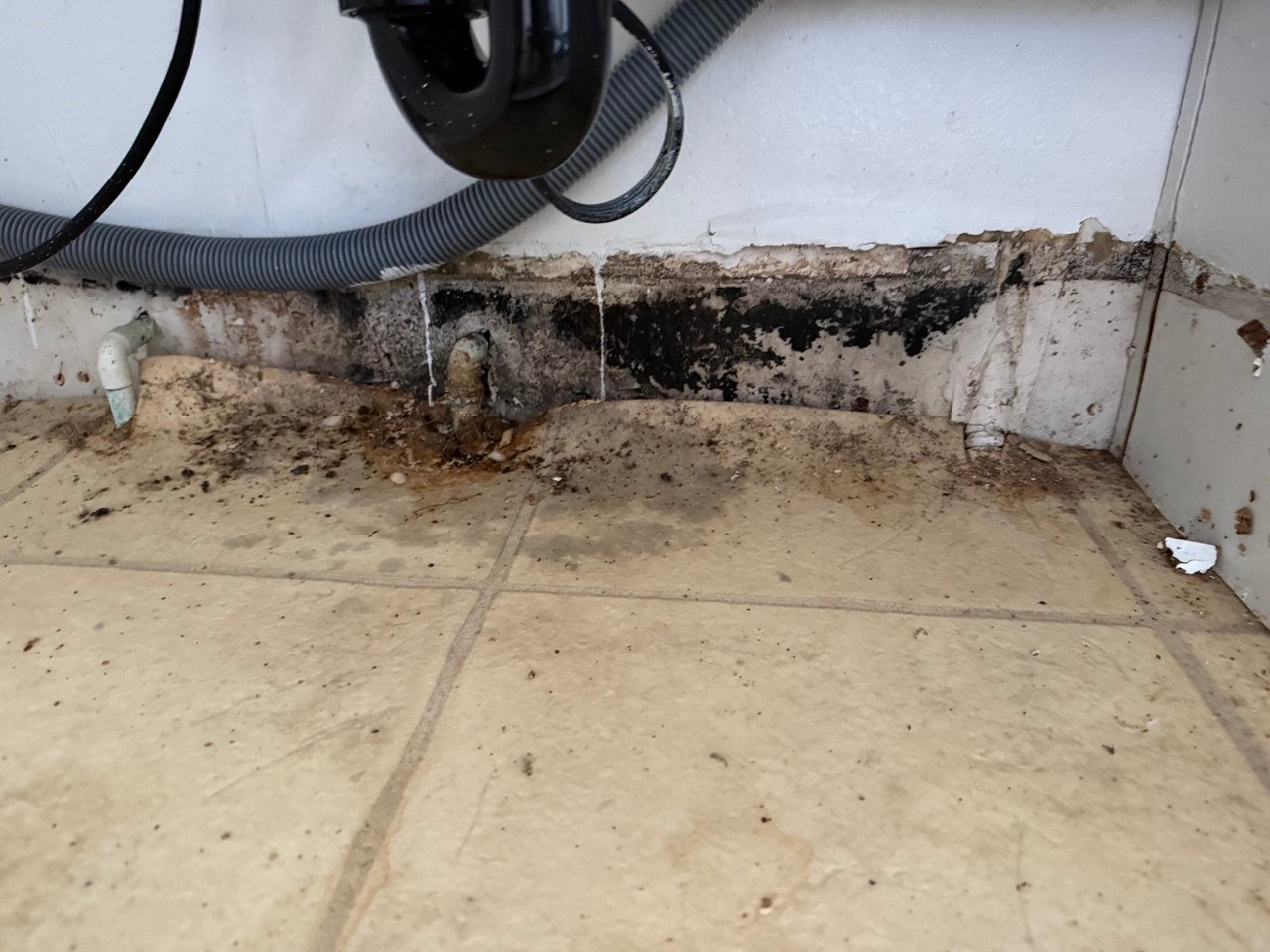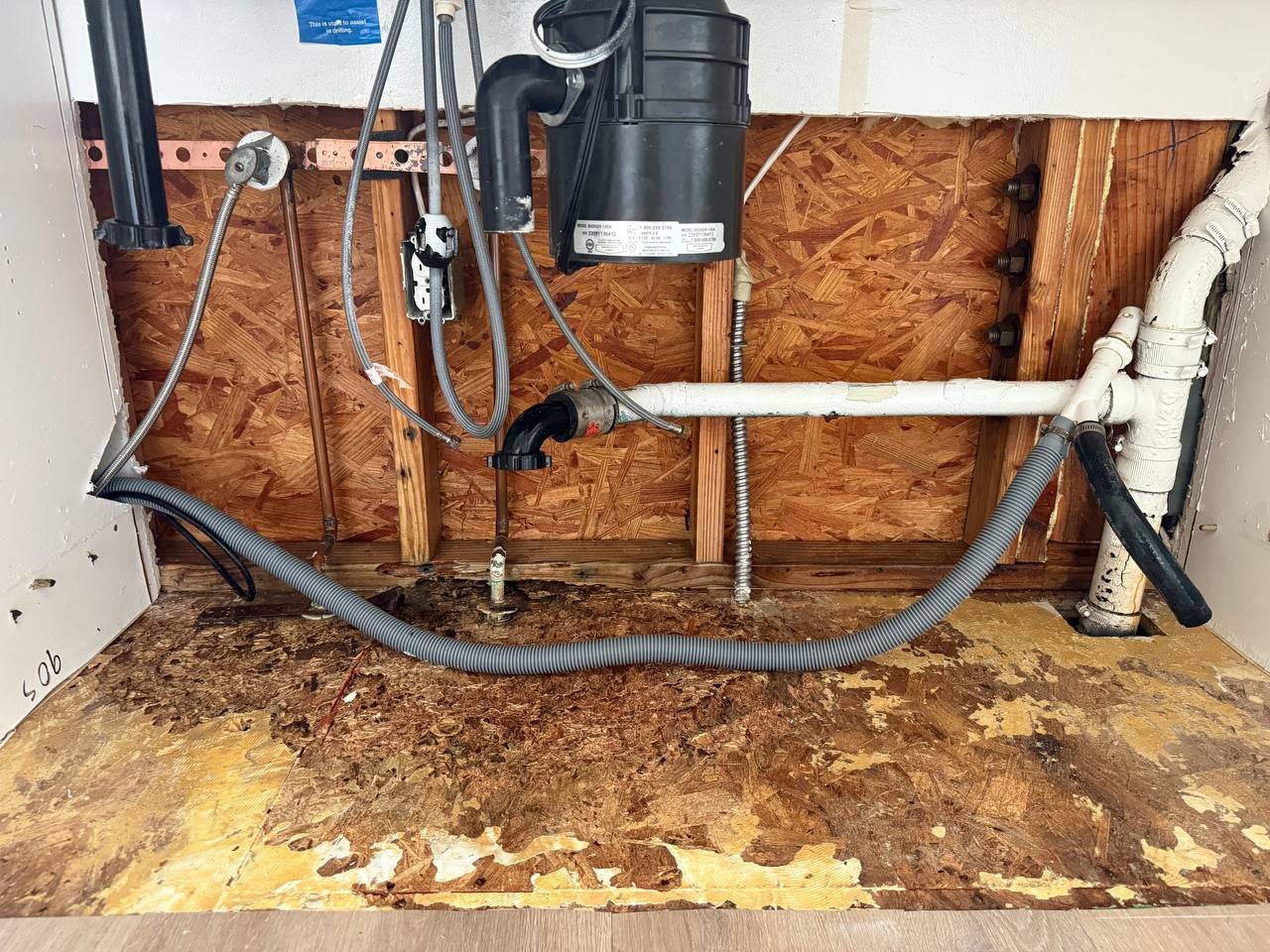Mold Remediation in Lancaster, CA | Inspection, Removal, Prevention
Lancaster’s high-desert climate is dry, but mold still shows up after roof leaks, swamp cooler overflows, and irrigation hitting stucco. Older plumbing, flat roofs, and tight utility closets turn small moisture problems into indoor air concerns. Onsite Pro Restoration provides certified inspections, safe mold removal, and prevention designed for Lancaster homes and buildings.
Get Started
Service Form
Signs You May Need Mold Remediation
Musty Odors, Stains, or Recurring Spots
Persistent musty air, speckling on drywall, or stains that return after cleaning point to moisture trapped in wall or ceiling cavities.
After Leaks, Storms, or Cooler Issues
Monsoon bursts and winter rains push water under flashing. Evaporative/swamp coolers can overflow pans or leak in attics. Any damp material left wet for 24–48 hours can support growth.
Allergy or Irritation Inside Only
If symptoms improve when you’re outside but worsen indoors, hidden moisture or growth may be present.

Why Mold Happens In Lancaster Homes
Evaporative/Swamp Cooler Leaks
Attic coolers and roof units can spill into insulation and ceiling cavities when pans crack or drains clog. We frequently see this in West Lancaster and Quartz Hill properties.
Roof, Stucco, and Window Intrusions
Desert winds drive rain into hairline stucco cracks and around aging windows. Flat roofs and deck membranes over living spaces can pond at scuppers and penetrations.
Plumbing and Utility Closets
Aging supply lines and angle stops leak behind cabinets and in laundry closets. Tight spaces trap humidity and limit airflow.
Irrigation and Grading
Sprinklers hitting stucco and negative grading push moisture into sill plates and lower walls, especially on east-side tract homes.

Our IICRC S520 Mold Remediation Process
Inspection and Moisture Mapping
We locate sources with moisture meters and thermal imaging and set scope tied to IICRC S520. Air or surface sampling is recommended only when it changes scope, satisfies HOA/lender needs, or verifies clearance.
Containment and Negative Pressure
We isolate work zones with poly containment and zipper access, then run HEPA-filtered negative air. HVAC supplies/returns are sealed. Floors and paths get protection.
Source Removal and Detail Cleaning
Porous materials with established growth (e.g., colonized drywall, carpet pad) are removed. Framing and hard surfaces are HEPA-vacuumed, mechanically cleaned, and treated with targeted antimicrobial. No “fog-only” shortcuts.
Controlled Drying
Commercial dehumidifiers and directed airflow bring materials to target moisture levels. We log baseline and daily readings to confirm progress.
Post-Remediation Verification
When requested or required, a third-party assessor performs PRV based on visuals, odor, and project-appropriate sampling.
Documentation for Owners and Insurers
You receive photos, moisture maps, equipment logs, and a line-item estimate in Xactimate format. Clear documentation reduces adjuster disputes.
Common Lancaster Mold Scenarios We Handle
Swamp Cooler Pan Overflows in Attics
Cracked pans and clogged drains wet insulation and ceiling drywall. We remove contaminated insulation, clean framing, dry the cavity, and coordinate cooler service.
Stucco Cracks and Window Leaks
Wind-driven rain tracks through cracks and around original windows, wetting sheathing and drywall. We remediate interior growth and recommend exterior sealing and flashing fixes.
Laundry and Water Heater Closets
Restricted airflow plus minor drips create humidity pockets. We remediate affected walls, add ventilation guidance, and set leak alarms where practical.
Irrigation Against Walls
Overspray and negative grading wet lower plates. We remediate interior damage and advise irrigation adjustments and grading corrections.
Click Here
Health and Safety
HEPA negative air maintains pressure differentials to prevent cross-contamination.
PPE and controlled waste handling protect occupants and workers.
Lead/asbestos rules are followed for pre-1978 materials before disturbance.
Why Onsite Pro for Beverly Hills
Click Here
Local Experience
We work across Lancaster, Quartz Hill, and the Antelope Valley. Crews understand roof assemblies, cooler setups, and tract-home construction common to the area.
Certified and Measured
IICRC-certified technicians follow S520. Moisture targets and instrument verification guide decisions. No early closures that lead to odor or recurrence.
Insurance-Ready
We create adjuster-friendly Xactimate estimates and provide photo sets, dry logs, and PRV documentation when used.
Mold Prevention: Keep It From Coming Back
Service evaporative/swamp coolers; inspect pans, drains, and supply lines before summer.
Seal stucco cracks, maintain window flashing, and clear roof drains/scuppers before storms.
Replace aging supply lines and angle stops; add leak alarms under sinks and heaters.
Vent baths and laundry to the exterior; keep indoor RH near 40–50%.
Adjust irrigation to avoid hitting stucco; maintain positive grading away from the foundation.
After any leak, verify materials reach target moisture before closing walls.
Cost Factors
Area size and access: Single bathroom wall vs. multiple rooms or attic cavities.
Materials impacted: Drywall only vs. drywall + insulation + framing or built-ins.
Containment complexity: Single chamber vs. multi-chamber with decon and negative air.
PRV requirements: Third-party assessment when requested.
Source repairs: Roofing, cooler service, plumbing, and exterior sealing handled by appropriate trades; we coordinate.
Timeline
Inspection and scope: Same day.
Containment, removal, initial cleaning: 1–2 days for small projects; longer for multi-room or attic work.
Drying and PRV: Typically 2–4 additional days depending on materials and humidity.
Rebuild: After clearance and target moisture are confirmed.
Links to More Restoration Services in Lancaster, CA
Lancaster Water Damage Cleanup
Rapid water extraction and drying.
Lancaster Fire Damage Restoration
Smoke, soot, and fire cleanup.
Lancaster Sewer Damage Cleanup
Biohazard and sewage cleanup.
Lancaster Hub Page
Explore all restoration services in Lancaster.
